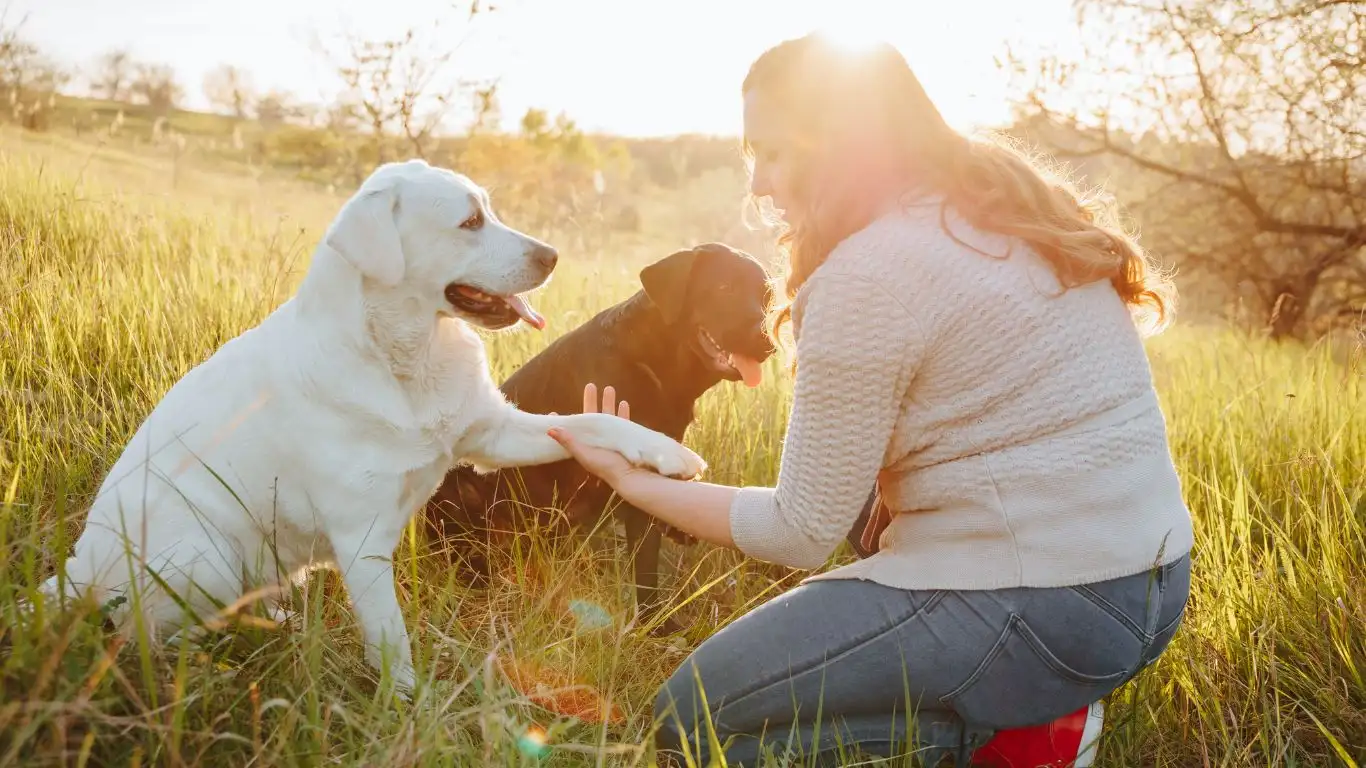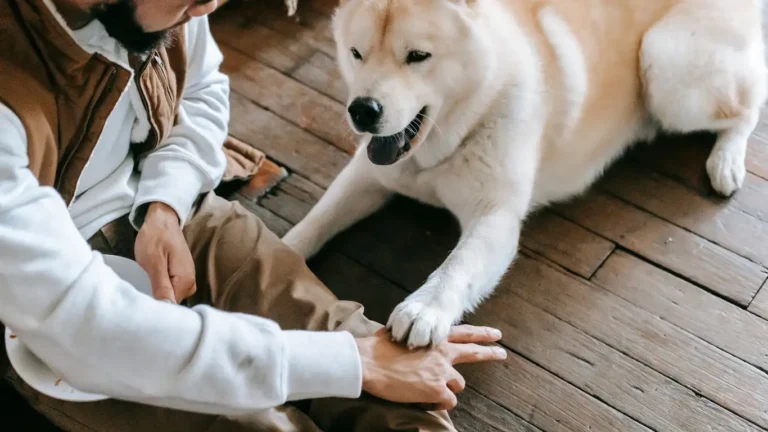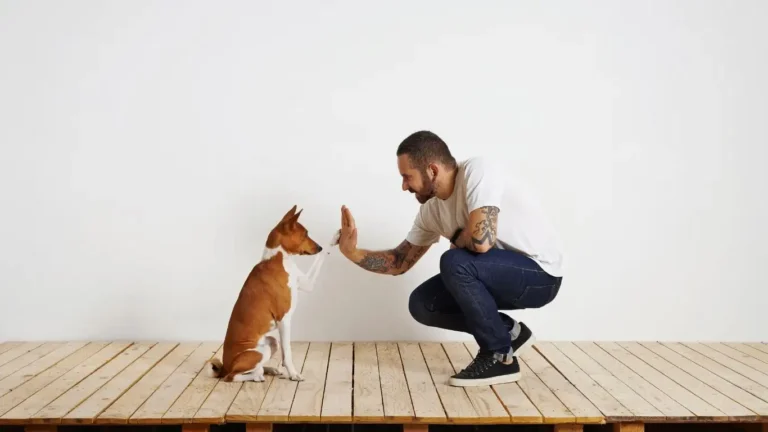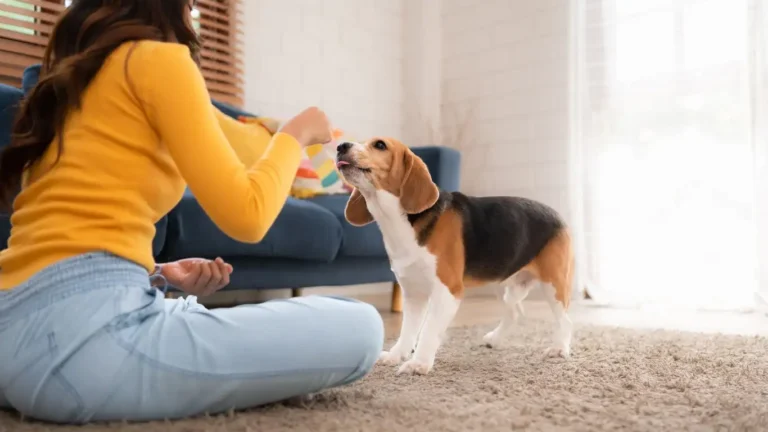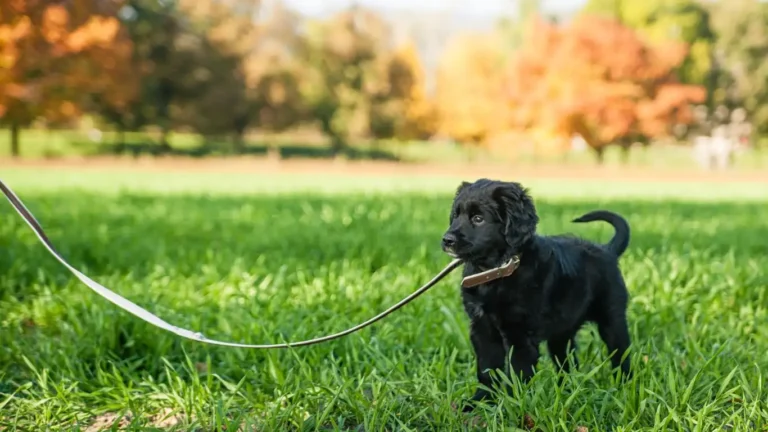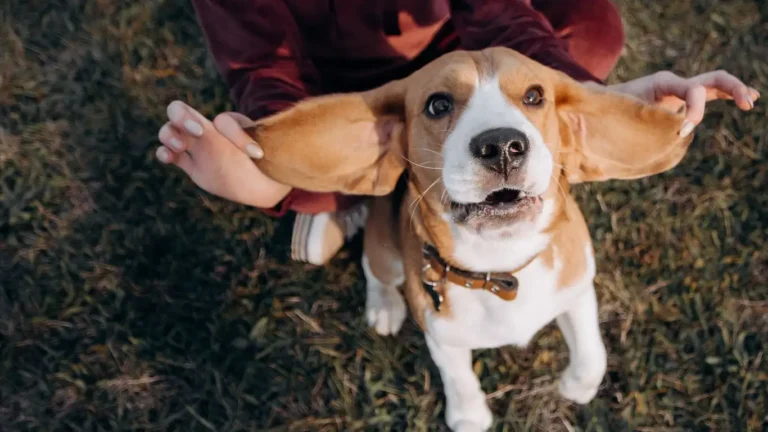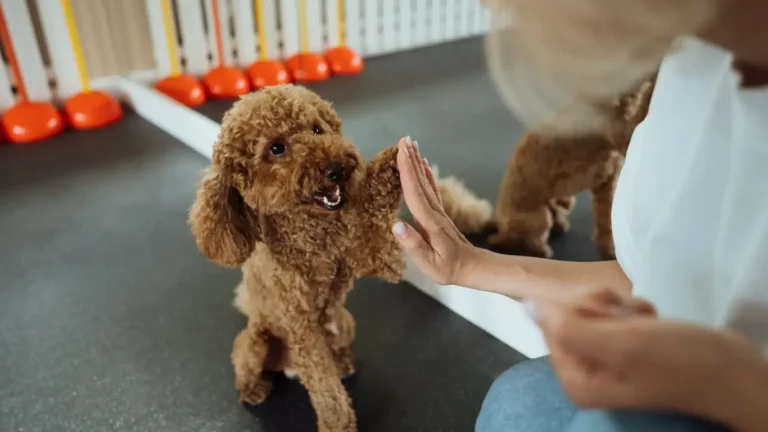Stop Dog Laundry Theft Fast: Proven Fixes for Frustrated Owners
If you’ve ever walked into your laundry room only to find socks scattered like confetti and underwear paraded around like trophies, you’re definitely not alone. As someone who’s worked for years as a Canine-Assisted Therapy Trainer, I’ve had more than my share of “sock bandit” stories from clients—and honestly, a few from my own home. Learning how to train a dog to not steal laundry is one of those weirdly specific issues that almost every dog parent runs into at some point. Let’s face it: to our pups, laundry smells like us, and that makes it super appealing. But the good news? With some consistency, the right techniques, and a splash of humor, you can absolutely teach your dog that laundry is off-limits.
Why Dogs Are Obsessed With Laundry
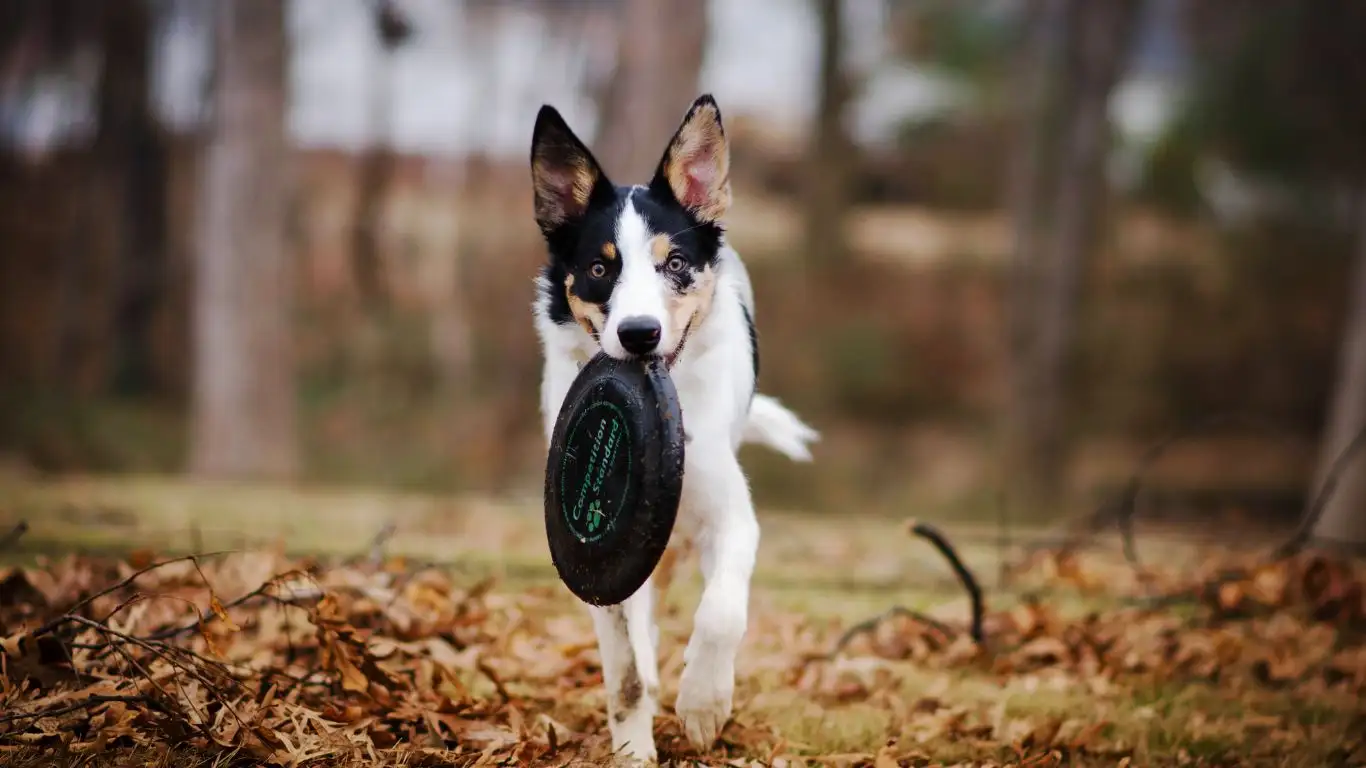
Dogs don’t just snatch socks and underwear for the thrill (though sometimes, I swear it feels personal). There are a few behavioral and instinctual reasons behind this quirky habit:
- Scent Connection: Clothes carry our scent, which is comforting and familiar to dogs. It’s like a security blanket that smells like their favorite human.
- Boredom Buster: Dogs left alone with nothing to do will often seek out “fun”—and that fun might involve turning your t-shirt into a tug toy.
- Attention-Seeking: Some dogs figure out pretty quickly that stealing laundry gets them a big reaction. And hey, even a scolding is still attention, right?
With one of my former clients—a sweet but mischievous Golden Retriever named Max—this behavior turned into a daily routine. Every time his guardian left for work, Max would raid the laundry hamper and line up socks by the front door. It wasn’t malicious; it was his way of coping with separation anxiety.
First Things First: Management Over Mayhem
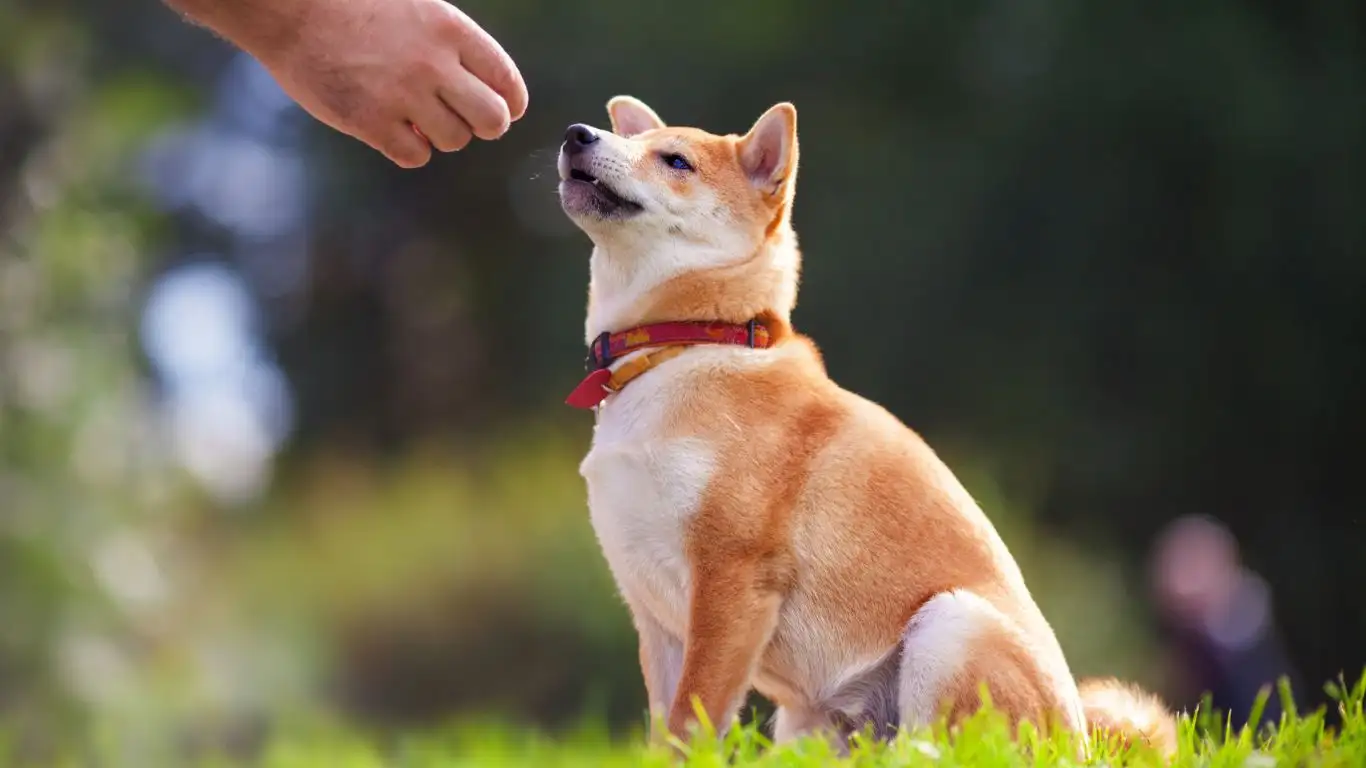
Before you dive into training, let’s get something straight: managing the environment is half the battle. If laundry is consistently accessible, you’re unintentionally setting your dog up to fail. Step one is making it less tempting—and less available.
Easy Fixes That Make a Huge Difference
- Use lidded laundry hampers or keep laundry behind closed doors. Out of sight, out of paw.
- Keep floors clear of clothing, especially items that might be high-value to your dog (socks, undies, gym clothes).
- Introduce alternate chew items—especially ones with your scent. One trick I use? Rub a toy with your hands or wear it inside your shirt for a bit so it smells familiar.
These might seem like small things, but trust me, they go a long way. I’ve had clients tell me, “Tarra, I did all the training, but he still steals!” And almost always, it turns out a rogue sock was left out like a doggy treasure chest. Consistency is key.
Training That Works: Teaching the ‘Leave It’ Cue
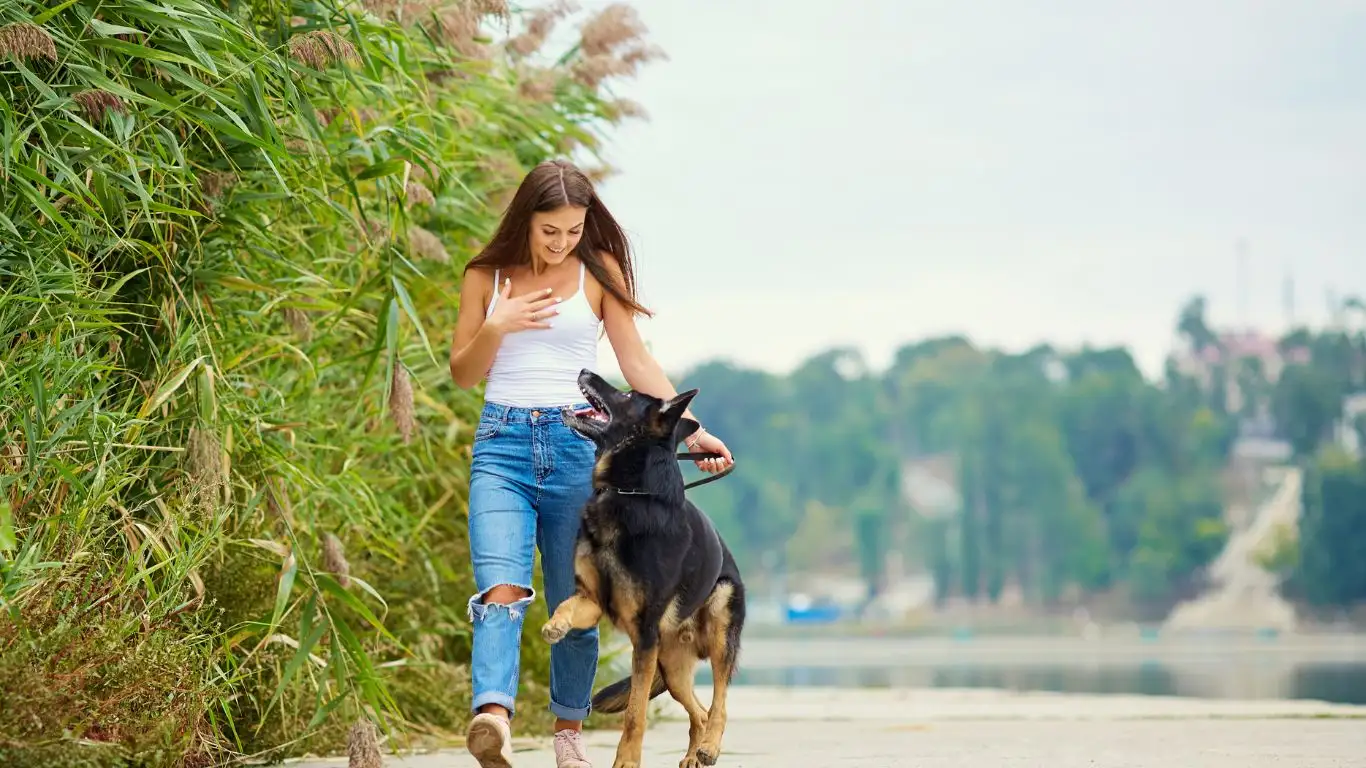
Now comes the real work—teaching your dog self-control. One of my go-to tools in this situation is the ‘leave it’ cue. It’s simple, effective, and crazy versatile. I use it for everything from ignored chicken bones on the sidewalk to, yep, stolen laundry.
Step-by-Step ‘Leave It’ Training
- Hold a treat in both hands. Let your dog sniff one hand (closed), and say “leave it.”
- When your dog stops sniffing or backs off, reward them with the treat from your other hand.
- Repeat until your dog starts pulling back right after you say the cue. Then, try it with a sock (supervised, of course).
Keep sessions short and positive—around 5 to 10 minutes. Don’t rush it. Dogs don’t generalize like we do, so learning “leave it” for food doesn’t always translate to “leave the sock alone.” Practice with different objects in different spots.
I remember one session with a goofy Boxer named Lila—she had this adorable habit of pretending not to hear “leave it” when it came to laundry. What finally worked was adding a squeaky toy to the mix as an alternative. Once she realized she got more praise and a toy for leaving the sock alone, the behavior started to fade fast.
Building Better Habits: Replace Laundry with Positive Alternatives
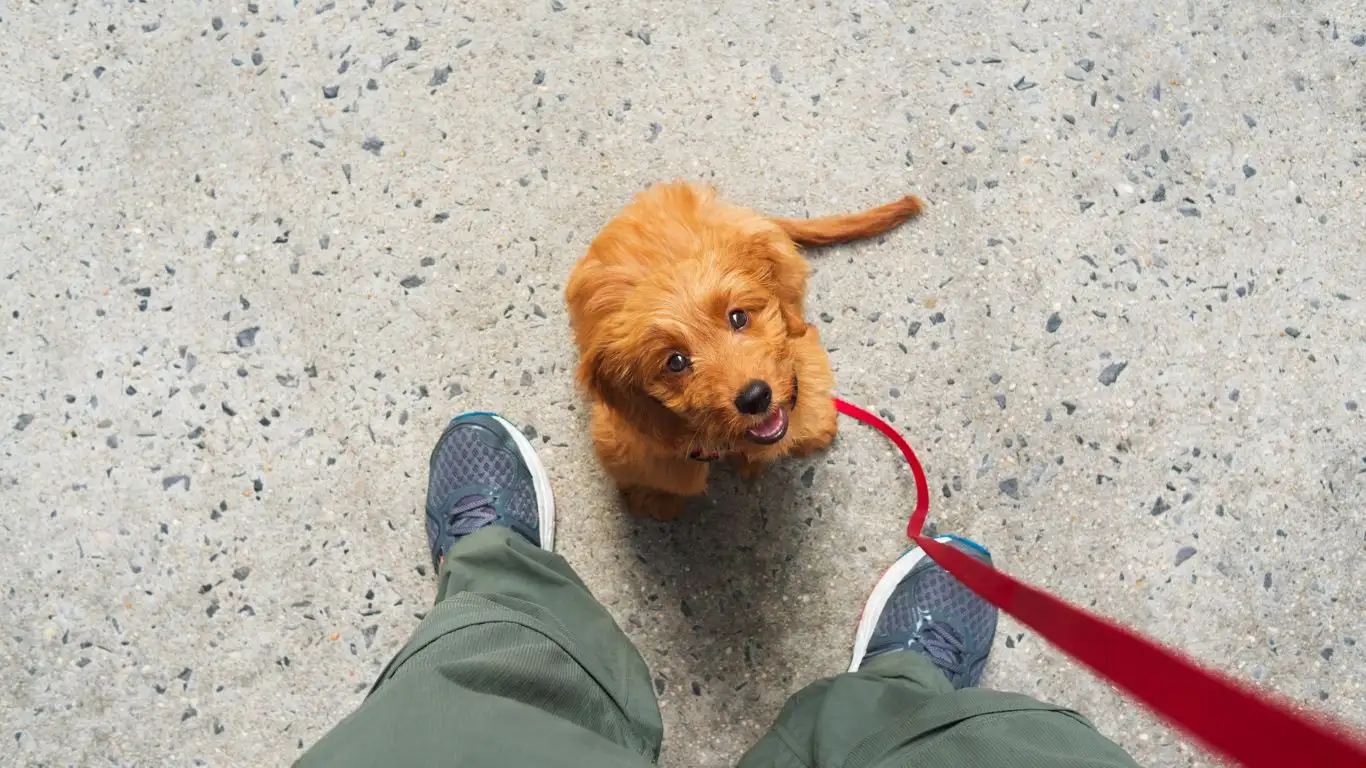
Once your dog starts getting the hang of “leave it,” the next piece of the puzzle is redirecting that sock-stealing energy into something actually allowed. I’ve seen too many well-meaning dog parents focus solely on what not to do without showing their pup what to do instead. Trust me, that part is crucial.
In my therapy training sessions, I always say: *”A bored dog is a mischievous dog.”* Give them something better than your laundry, and they’ll happily forget the thrill of the sock heist.
What Makes a Good Substitute?
- Interactive toys that make your dog think (think puzzle feeders or snuffle mats).
- Long-lasting chews—my go-to for anxious pups who chew out of stress.
- Stuffed Kongs filled with frozen peanut butter or kibble mixed with broth.
For one client, a bouncy Border Collie named Finn, we crafted a daily “treasure hunt” using hidden toys and treats. The laundry raids dropped dramatically once he had something better to do with his nose and brain. That kind of mental engagement is a game-changer.
Crate Training and Alone Time: Preventing Mischief When You’re Not Home
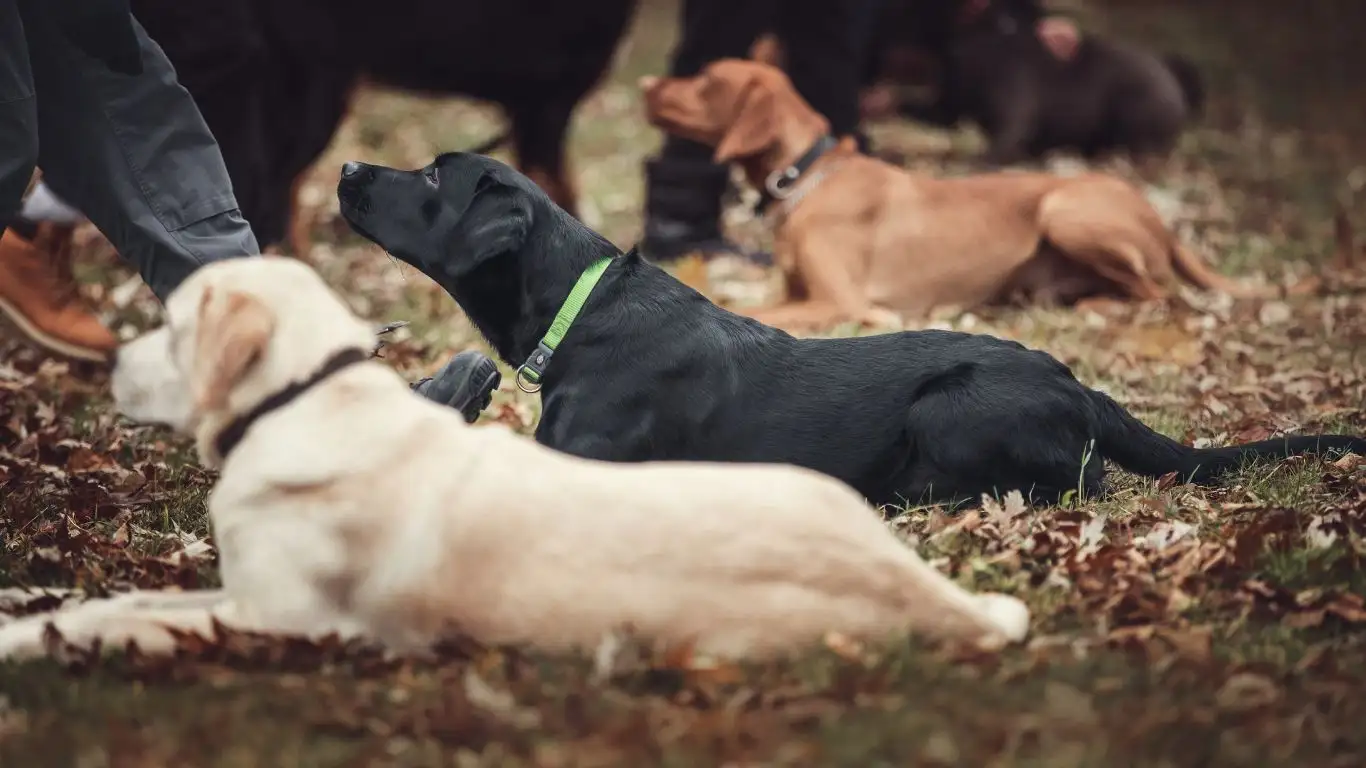
A lot of laundry-stealing happens when no one’s around to stop it—classic unsupervised behavior. And while some folks feel weird about crates, when used correctly, a crate can be a cozy, safe place for your dog to hang out and stay out of trouble.
Crate Tips That Actually Work
- Make it comfy—add a bed, safe chew, and cover it partially to create a den-like vibe.
- Never use it for punishment. You want the crate to feel like a retreat, not a time-out.
- Start slow: Crate for short periods when you’re home before trying it during absences.
I had a rescue Lab mix, Molly, in one of my group sessions who used to shred laundry the second her human stepped out the door. We introduced crate training, paired with treat-stuffed puzzles, and within two weeks, her sock crime streak was history. Sometimes a little structure is the difference between chaos and calm.
Consistency is Everything (Yes, Even When You’re Tired)
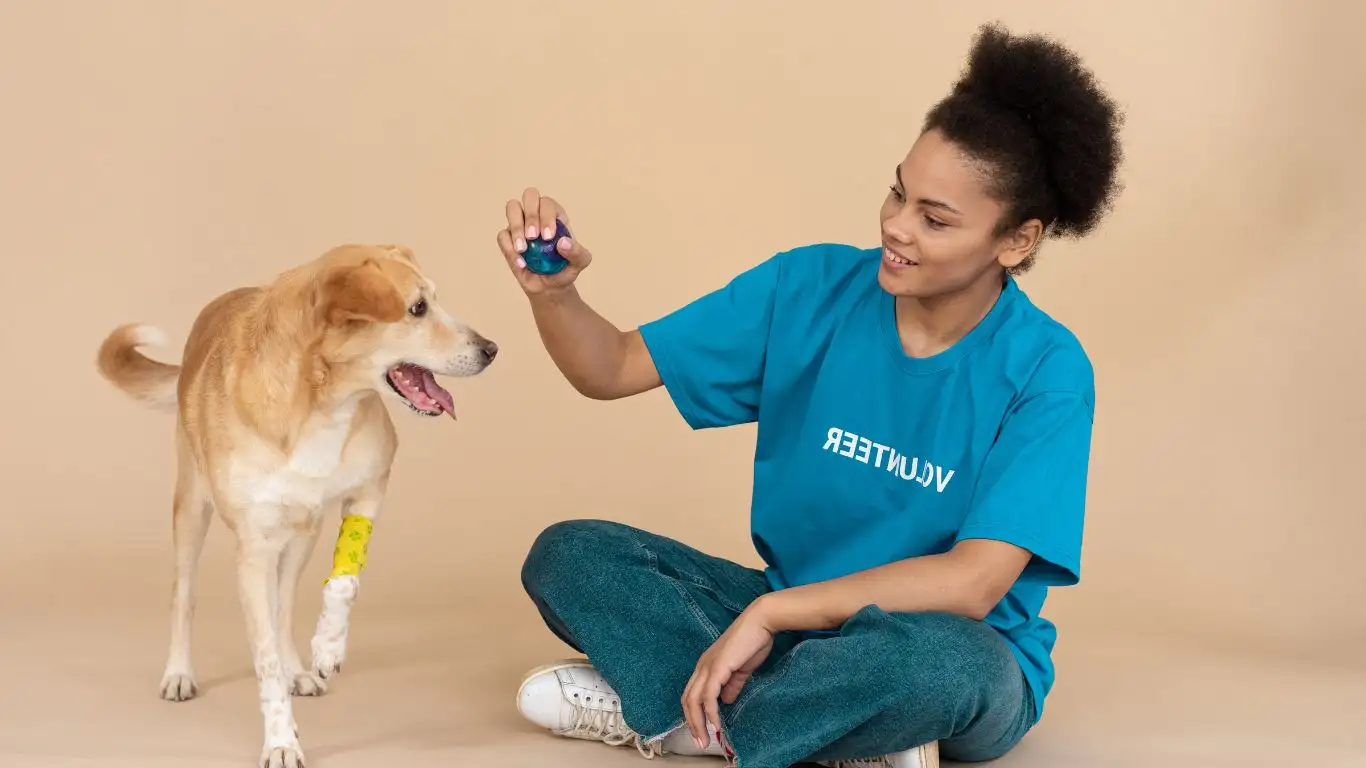
Here’s the real deal—dogs thrive on consistency. If one day you let your dog prance around with a sock because it’s “cute,” and the next day you’re upset about it, it’s just confusing for them. And confusion? That’s where bad habits get comfortable.
Tips to Keep Training On Track
- Use the same cue words every time (“leave it” should always mean “don’t touch that”).
- Reward quickly and generously when your dog does the right thing.
- Loop the whole household in—everyone needs to be on the same page for this to work.
I once worked with a family whose Pug, Lola, was playing her humans like a fiddle. Mom said “leave it,” Dad said “no,” and the kids said “drop it, please!” Lola was understandably baffled—and kept swiping socks. We made a cheat sheet for consistent commands, and within a week, the laundry stayed in the hamper.
And look, I get it—sometimes you’re running late, the dog’s doing zoomies with a bra, and you just want to grab it and move on. But those little moments? That’s where the learning happens. Stay calm, repeat the cue, redirect, and reinforce. You’ll thank yourself later.
When to Ask for Help: Professional Guidance Makes a Difference
Some dogs are just more persistent or anxious than others. If you’ve tried everything and your pup is still on a sock-snatching spree, it might be time to loop in a pro. Working with a certified trainer or behaviorist can give you insight you didn’t even know you needed.
As a trainer, I’ve had clients tell me they were embarrassed to reach out, but honestly? This stuff is way more common than people think. Dogs are weird little creatures—and they don’t come with manuals. Getting expert help isn’t a failure; it’s a smart investment in your sanity and your dog’s well-being.
One of the most rewarding transformations I’ve seen came from working with a Husky named Juno who not only stole laundry but actually hoarded it under the bed. We developed a custom training plan, tackled some underlying anxiety, and introduced a solid enrichment routine. These days, Juno naps with a chew toy instead of your favorite hoodie.
Real-Life Practice: Setting Up Success at Home

Now that you’ve built the basics—managing the environment, redirecting energy, and teaching cues—let’s talk about how to really reinforce this training in everyday life. Because let’s be honest, it’s easy to train when everything’s calm and controlled. The real challenge is applying those lessons during the chaos of real life.
One thing I always recommend to my clients (and do with my own dogs) is creating what I call “training moments in disguise.” Basically, it means working in little training refreshers throughout the day—no special sessions required.
Everyday Scenarios That Reinforce Training
- Laundry time = training time: Toss some clean socks on the floor and practice “leave it.” Reward when your dog ignores them. This is gold.
- Visitors coming over? Give your pup a long-lasting chew before they get curious about guests’ belongings.
- Rotating toys weekly keeps things fresh and makes your alternatives way more interesting than yesterday’s laundry.
I’ve had dogs who ignored laundry for weeks and then suddenly relapsed because something changed—like a new laundry basket or a new family member in the house. So don’t be afraid to go back to basics. This stuff isn’t linear. Even seasoned dogs need tune-ups now and then.
Understanding the Emotional Side: Anxiety and Attachment

Here’s something people often overlook: some dogs steal laundry not just for fun, but as a coping tool. Especially in rescue dogs or those with strong attachment tendencies, laundry hoarding can be a subtle cry for comfort or reassurance.
One of my long-time clients had a senior Beagle named Gus who’d carry one sock to bed every night. We realized it wasn’t about stealing—it was a comfort object. So instead of correcting the behavior, we leaned into it. His guardian gave him an old t-shirt that was safe to keep, and the rest of the laundry stayed untouched. Sometimes, it’s not about discipline—it’s about understanding your dog’s emotional needs.
Signs It May Be More Than a Habit
- Your dog steals laundry only when left alone.
- They hide it, nest with it, or guard it defensively.
- Other signs of anxiety like whining, pacing, or destructive chewing.
In those cases, it’s worth talking to your vet or a canine behavior consultant. Behavioral issues often stem from something deeper, and laundry is just the symptom—not the root cause.
Final Thoughts: What Works, What Doesn’t, and Why Patience Wins
So, what’s the biggest secret to how to train a dog to not steal laundry? Honestly—it’s patience and persistence. There’s no magical overnight fix, no one-size-fits-all command that makes your dog suddenly uninterested in socks. But if you stick with it, stay consistent, and adapt your approach to your dog’s personality, you’ll absolutely see results.
Just last year, I worked with a rambunctious Vizsla named Arlo who would rip laundry off the drying rack the second his humans turned their backs. We tried redirection, impulse control training, puzzle feeders—the whole nine yards. It took three months, but eventually, Arlo stopped seeing laundry as entertainment and started focusing on his toys instead. His people were thrilled, but you know who was proudest? Arlo. Dogs want to succeed—they just need clear guidance and a little support.
References
- ASPCA
- American Veterinary Medical Association
- Positively (Victoria Stilwell)
- Certification Council for Professional Dog Trainers
Disclaimer
This article is based on personal experience and professional training in canine-assisted therapy but is intended for informational purposes only. Always consult your veterinarian or a certified dog trainer for specific behavioral concerns. Every dog is different, and what works for one may not work for another.
